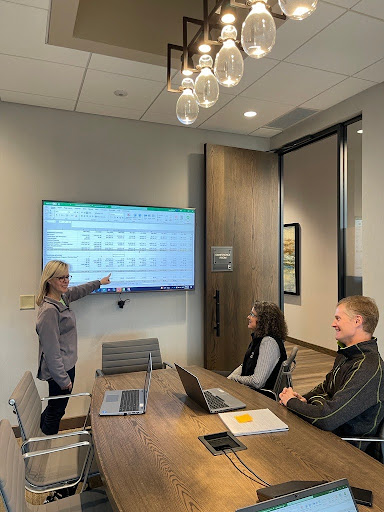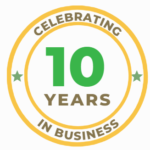From Potential to Performance: Unlocking Employee Capabilities
Performance management is a critical aspect of human resources that enables businesses to evaluate and improve employee performance, aligning it with the company’s strategic goals. Developing and implementing an effective performance management system can be particularly challenging if the right resources and expertise is missing. However, addressing common questions and concerns can help businesses create a system that boosts productivity, enhances employee satisfaction, and drives organizational success. Here’s a guide to help companies navigate the complex world of HR and performance management.
1. Setting and Communicating Performance Expectations
Clear and achievable performance expectations are the foundation of effective performance management. Start by aligning goals with your company’s strategic objectives and ensure they are SMART (Specific, Measurable, Achievable, Relevant, Time-bound). Communicating these expectations requires transparency and dialogue—encourage managers to have open discussions with employees about their roles, objectives, and how success will be measured.
The First 90 Day Performance Plans for new employees set expectations, goals and keep everyone on the team aligned. Make sure to implement 90 Day Performance Plans and keep measuring against them as a means to track progress and development.

2. Monitoring and Evaluating Employee Performance
Choosing the right methods for monitoring and evaluating performance is key. Consider a mix of quantitative metrics and qualitative assessments to provide a comprehensive view of employee performance. Regular check-ins and the use of performance management software can help keep track of progress and identify areas for improvement timely. Implementing a mix of peer and leadership reviews can be useful as well as position specific feedback, career development and personal development points.
3. Ensuring Fairness and Objectivity
To mitigate biases in performance evaluation, standardize the evaluation process and train managers on objective assessment techniques. Implementing structured feedback forms and incorporating multiple sources of feedback, such as peer reviews, can help ensure a more balanced and fair evaluation.

4. Delivering Constructive Feedback
Effective feedback is timely, specific, and focuses on behaviors rather than personal attributes. Encourage managers to provide regular feedback, not just during formal evaluation periods, and to frame suggestions for improvement in a positive, supportive manner. This fosters a culture of continuous development and helps employees stay motivated.
5. Linking Performance Management with Development
Performance management should be a tool for identifying development opportunities. Use evaluations to uncover employees’ strengths and areas for growth, and tailor development plans that align with their career aspirations. Offering training, mentorship, and upskilling opportunities can help employees advance and contribute more effectively to the company.
6. Leveraging Technology
Technology can streamline many aspects of performance management, from setting goals and tracking progress to facilitating feedback. For small to mid-size companies, investing in affordable HR software that offers performance management features can be a game-changer, enabling more efficient processes and better data analysis. Many payroll systems and HRIS systems come with performance management features.
7. Addressing Underperformance
Addressing underperformance is a delicate but necessary part of performance management. Early intervention and clear communication are crucial. Develop a performance improvement plan (PIP) that outlines specific, achievable goals, and provide the necessary support and resources to help the employee improve.
8. Recognizing and Rewarding High Performance
A well-designed recognition and reward system can significantly boost morale and motivation. This doesn’t always mean financial rewards; public recognition, professional development opportunities, and additional responsibilities can also be highly motivating for employees.

9. Adapting to Remote or Hybrid Work
For companies operating remotely or in a hybrid model, maintaining visibility and engagement in performance management is essential. Use digital tools to facilitate regular check-ins and ensure that performance metrics are adapted to suit remote work contexts.
10. Ensuring Legal Compliance
Finally, ensure that your performance management system complies with local labor laws and regulations. This includes fair labor practices, nondiscrimination policies, and privacy laws related to employee data.
By addressing these key areas, companies can develop an effective performance management system that not only drives business success but also supports and develops their most valuable asset—their employees.
























